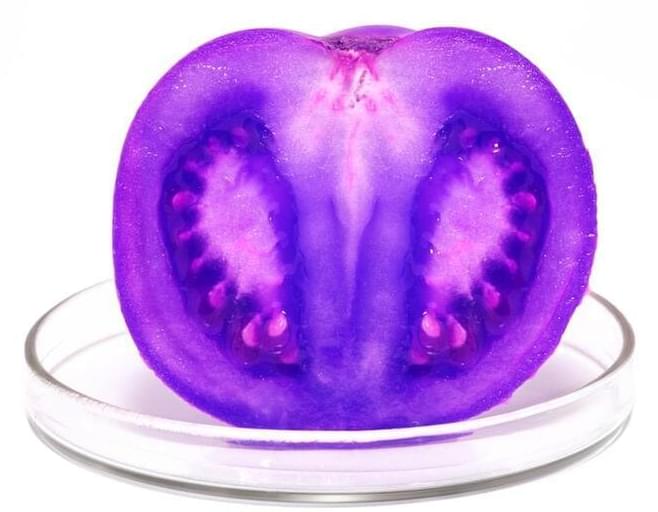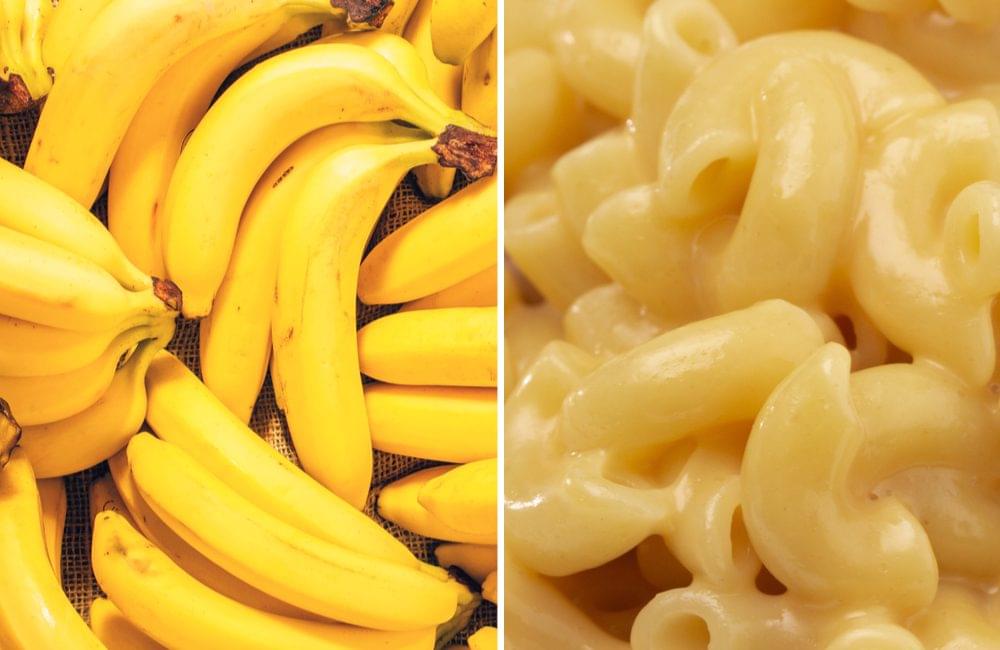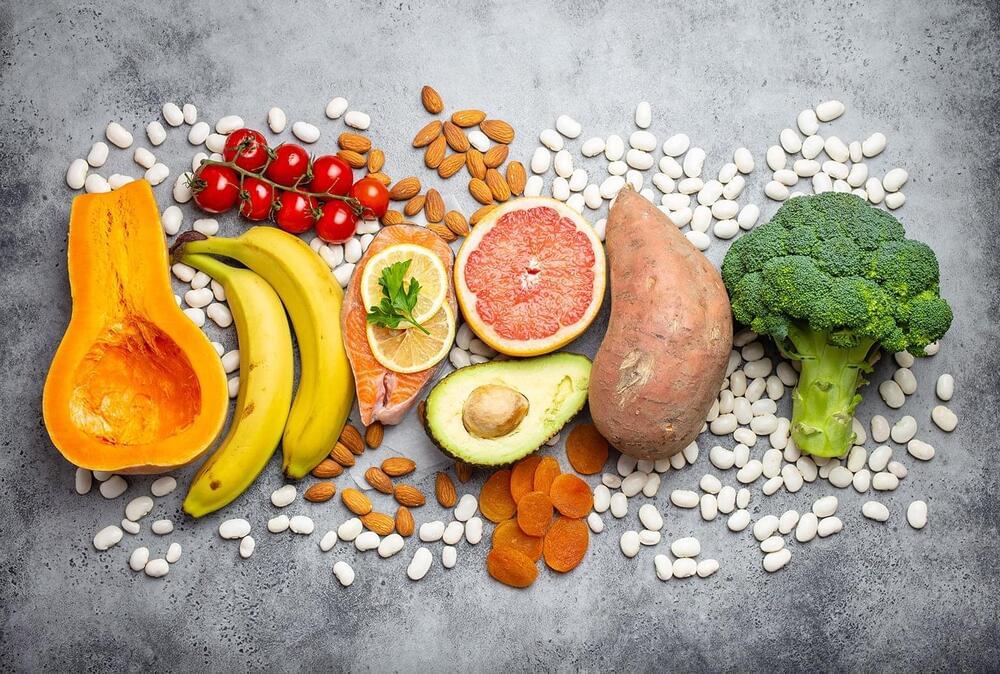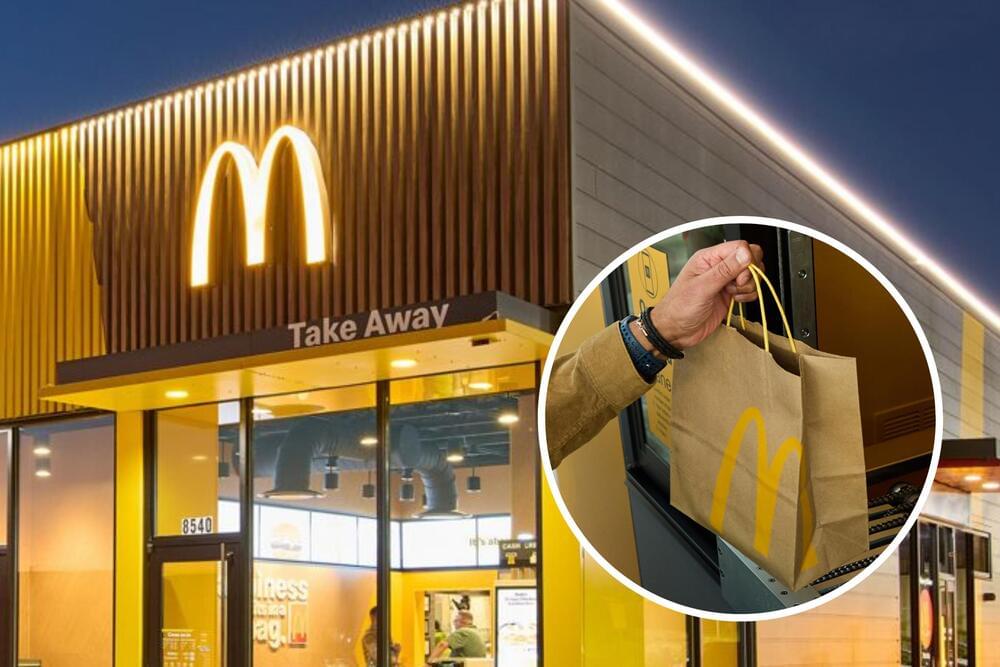Vertical farming grows more food in less space — with no pesticides. As Dubai opens the ‘world’s biggest’ vertical farm, is this the future of agriculture?
Category: food – Page 116
Researchers discovered a microscopic organism that eats viruses
Oto_feja/iStock.
John DeLong and his colleagues at the University of Nebraska have discovered that a species of Halteria—microscopic ciliates prevalent in freshwater habitats worldwide—can consume a sizable number of infectious chloroviruses. For the first time, the team’s laboratory tests have also demonstrated that a virus-only diet, or “virovory,” can support an organism’s physiological growth and even population increase.
Kerala’s 72-YO ‘Guardian of Native Paddy’ has Saved 54 Rice Varieties in 20 Years
Cheruvayal Raman was pained to see native rice varieties lose to hybrid seeds. So, he started cultivating native paddy and preserving their seeds. Watch his journey.

Holly Moeller Finds Keys to Ecology in Cells That Steal
Nature, red in tooth and claw, is rife with organisms that eat their neighbors to get ahead. But in the systems studied by the theoretical ecologist Holly Moeller, an assistant professor of ecology, evolution and marine biology at the University of California, Santa Barbara, the consumed become part of the consumer in surprising ways.
Moeller primarily studies protists, a broad category of unicellular microorganisms like amoebas and paramecia that don’t fit within the familiar macroscopic categories of animals, plants and fungi. What most fascinates her is the ability of some protists to co-opt parts of the cells they prey upon. Armed with these still-functioning pieces of their prey, the protists can expand into new habitats and survive where they couldn’t before.

USDA approves GMO purple tomato with brain-boosting and cancer-fighting properties
Although genetically modified foods still get a bit of a bad rap, there are actually many good reasons why modifying an organism’s genetics may be worthwhile. For example, many breeds of genetically modified foods have made them more resistant to disease.
It’s also possible to modify foods to make them more nutritious. Take, for example, golden rice. This grain was engineered to have higher levels of vitamin A in order to tackle deficiencies of this nutrient in impoverished countries.
A purple tomato, created using genetic modification, may be available to buy in the U.S. as soon as 2023.
Lost Roman Map has ATLANTIS at Eye of Sahara Africa! (Richat Structure)
This video gives an interesting theory as to where the lost city of Atlantis was (a location known today as the Eye of the Sahara), and it seems to be a pretty reasonable conjecture. What is relevant to this group however is how it might have been destroyed by a tsunami caused by a massive landslide in the Mediterranean — which is especially notable because the location is a great distance away from the Mediterranean, yet the evidence points to such a tsunami flooding a path all the way across Africa to the Atlantic, regardless of whether the city of Atlantis was in that path.
I think of our interconnected world today and wonder what would happen if such an unexpected event were to happen now, targeting a region that was in some way or another vital to modern civilization (such as with a concentration of all talent in an important field) without any suitable alternatives available.
This is one reason why I think it is dangerous to rely on trade networks that stretch to the opposite side of the earth for vital sectors such as food or energy.
Astonishing *NEW* details have been uncovered involving the Lost Ancient City of Atlantis, and the Eye of The Sahara. These details are so significant that the Richat Structure should without a doubt, be considered the most likely location of the lost capital city of Atlantis.
JOIN ME LIVE IN ASHEVILE Next June with Graham Hancock & Randall Carlson! https://cosmicsummit2023.com/
HOW CELLS WORK — Dr. Bruce Lipton, PHd
Dr. Bruce Lipton, PhD Explains how cells work, and how important cell voltage, vibration, and frequency is…
Speaker: Bruce Lipton PhD https://www.brucelipton.com.
Bruce is the author of “The Biology of Belief” https://amzn.to/2IG4CsL
Did you you know that microcurrent frequencies increase your ATP (cellular energy) 500%?
Energy that is produced in cells by a molecule called adenosine triphosphate is called ATP energy is essential for many living processes, including muscle contraction and nerve impulses. In order to provide continuous energy to cells, ATP molecules must have continuous access to foods that contain energy. ATP is a molecule that generates energy by breaking down food in cells.
Healthy cells. Healthy life.
I believe this knowledge needs to be known now more than ever before.

Common Everyday Foods That Are Bad for Your Health and Your Wallet
We all lead busy lives, and it can be hard to remember to eat healthy. Sometimes, it’s easier to just grab food off the shelf, thinking only of the convenience and not of the nutritional value. Processed foods are always on-hand, and they’ve saved us time and energy in the past. But, at what cost?
Many of the products on this list are staples of our daily diet. However, if not eaten in strict moderation (or avoided completely) they can lead to long-term health problems. Some of these products are clearly harmful, but others seem like healthy foods, only to be proven unhealthy when it’s too late. After looking at this list, you might want to reconsider what you put on your shopping list.

One dietary mineral could prevent cognitive decline, study shows
You may have heard the phrase, “You are what you eat.” It’s no surprise that what you put into your body directly impacts how you feel and other aspects of your health, including cognitive function.
In fact, diets that contain certain amounts of minerals like sodium and potassium could have an effect on brain function, especially in older adults, according to a recent study published in Global Transitions.
Researchers from China found diets higher in sodium were associated with a higher risk of cognitive decline and poor and deteriorated memory. On the other hand, participants in the study who had more potassium intake in their diet were associated with higher cognitive function.

Welcome to the first ever McDonald’s where you’re served by robots—in Texas
You d still have human kitchen staff, but could quietly be automated once tec was ready.
McDonald’s has begun testing its first-ever robot restaurant in Texas, sparking debate and intrigue in equal measure.
In Forth Worth, Texas, the branch is fully automated and requires no human contact to order and pick up your favorite meal.
The introvert’s dream gained viral attention online after TikTok and Instagram user foodiemunster shared a video from inside. With 1.2 million views, the video shows how customers can use automated screens to order fast food and collect it via a machine.